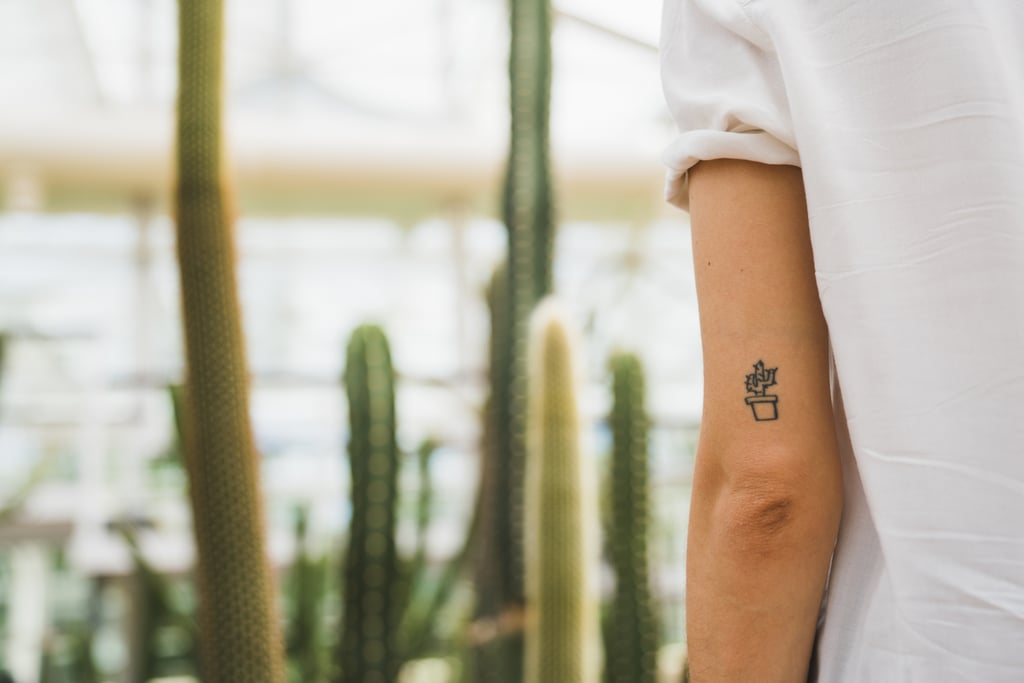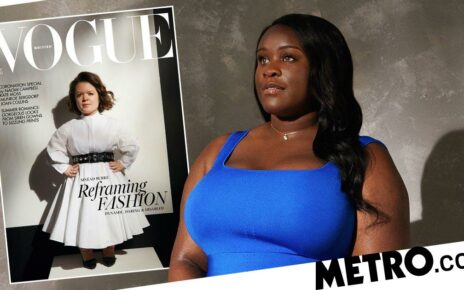
The Bicep Tattoo Is Back: Here’s Everything You Need to Know
Before fine-line tattoos became a mainstay on Instagram discover pages, before made-to-fade ephemeral tattoos were invented, and long before we all bore witness to Ben Affleck’s (ahem) infamous phoenix tattoo, there was the bicep tattoo. If you’re picturing Jason Momoa’s graphic bicep sleeve in “Aquaman” or the encircling barbed-wire bicep trend of the early aughts, you’re not wrong (more on that below).
Bicep tattoos are classics for good reason. The area is pretty exposed, so you show off your artwork every time you opt for a T-shirt, and the ample surface area gives you plenty of opportunity to let your creativity run wild. (Need bicep-tattoo ideas? We’ve got you.) If you’re thinking of getting your first arm tattoo or adding to your existing appendage art collection, let us fill you in on a few important things to know about bicep tattoos.
First, just because you’re getting a bicep tattoo doesn’t mean you can’t play around with placement. Think back to your high-school biology class where you had to memorize all the different muscles in the body. Your bicep covers a large area on your upper arm, giving you a lot of placement options. You can stick to the top of your bicep (the part that bulges when you flex) or adorn your inner bicep (an area super popular for minimal tattoo designs), and of course, there’s the sleeve tattoo. Important to note: any area that is often exposed to the sun is more prone to fade. So remember, sunscreen is your friend when it comes to arm tattoos.
Like any other area for a tattoo, bicep designs are infinite. We often see animals, quotes, flowers (popular with celebrities like Hilary Duff and Maisie Williams), arm bands, geometric shapes, and of course, the reemerging barbed-wire trend. You can even use your arm tattoo as a tribute to friends or family, like Kylie Jenner’s “Mary Jo” inner-arm tattoo for her grandmother or Travis Scott’s “Stormi” bicep tattoo for his daughter. But please, we beg of you, if you’re going for a tattoo in another language, do a quick verify on Google Translate before the first needle is dipped.
The good news for all you bicep-tattoo enthusiasts, this area tends to be one of the less painful spots to get inked. Regardless of your method, all tattoos generally work the same way, by repeatedly puncturing your skin’s top layers with a needle dipped in ink. Body parts with more fat or muscle and thicker skin, like your bicep area, tend to be less painful than their bony alternatives, like your feet and ribs.
Ready to take the next step in your bicep-tattoo journey? These inspiration photos are the perfect place to start.
Source: Read Full Article
